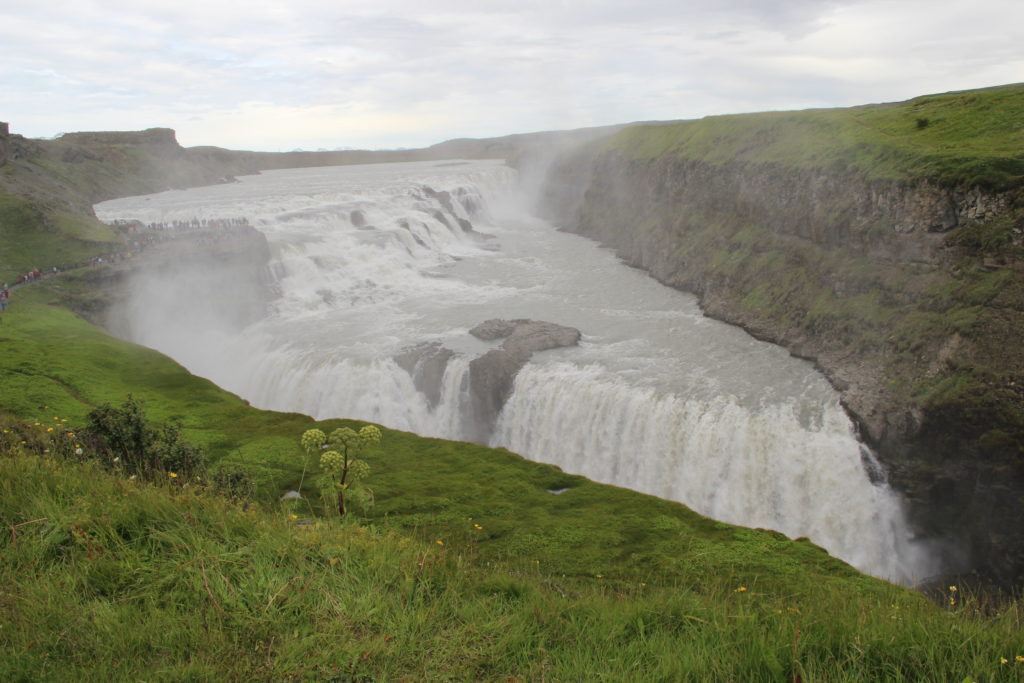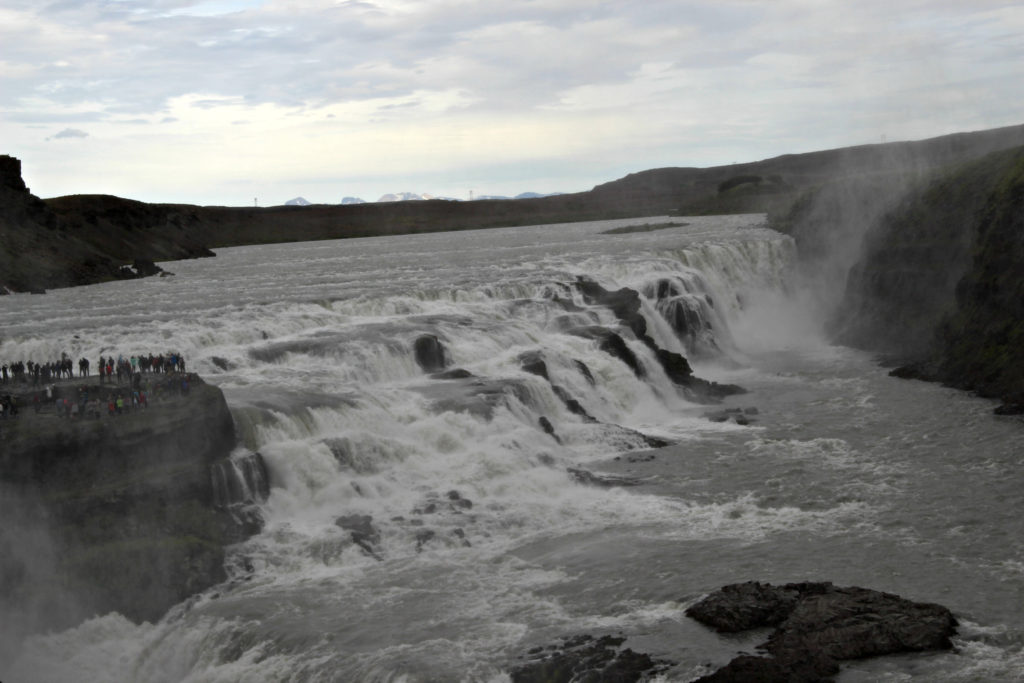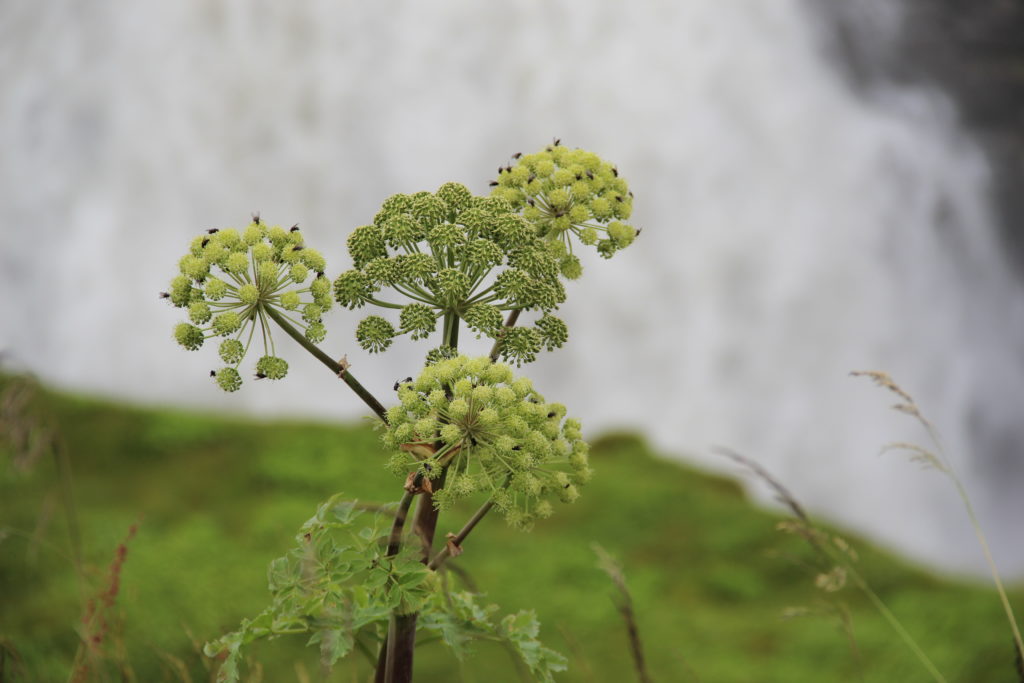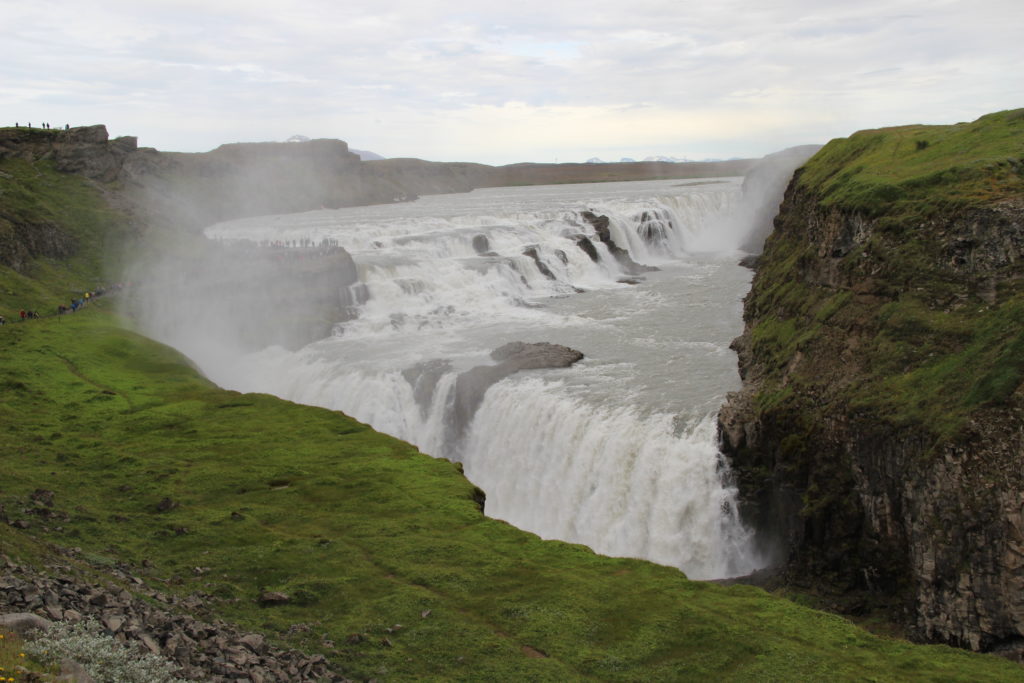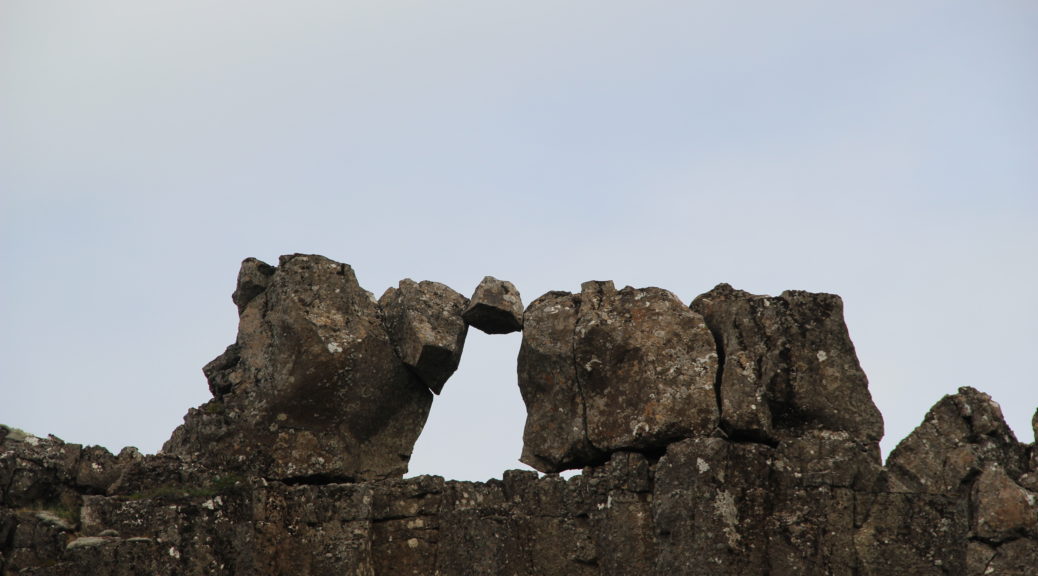
Iceland’s Golden Circle
Our next excursion in Iceland was the Golden Circle, a route that enabled us to see three important sites: the Pingvellir National Park, the Geysir Hot Springs and the Gullfoss Waterfall. We first went to Pingvellir. Located in Rift Valley, it has geological importance because it lies between the North American and Eurasian continental plates. This separation has resulted in fissures, ponds and rivers. The path in the pictures below is in Rift Valley, the area filled in by the fault line.
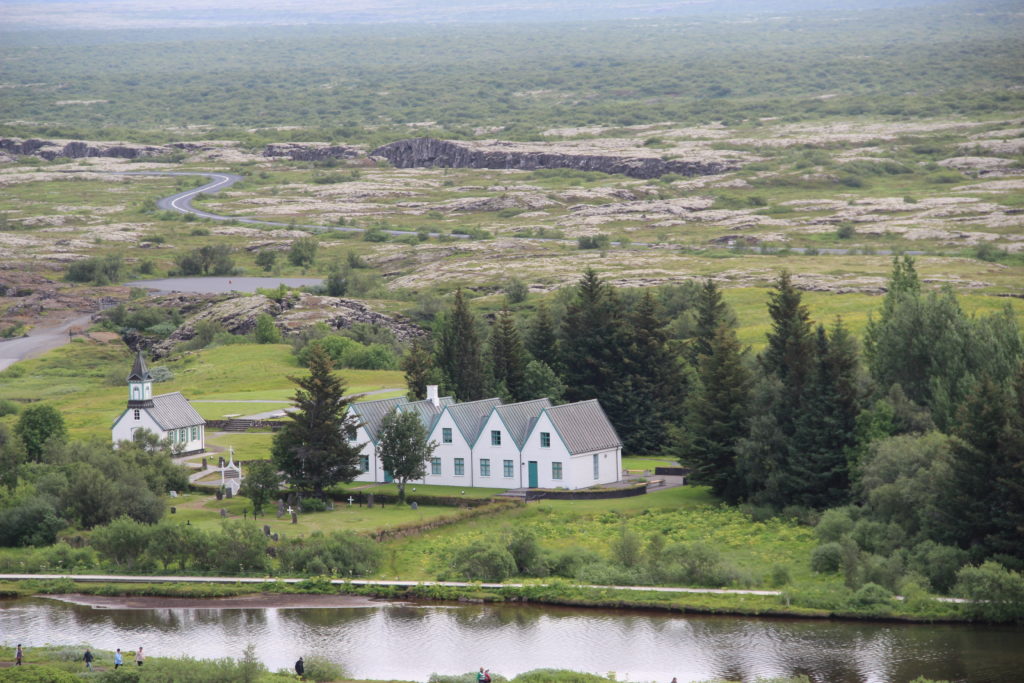

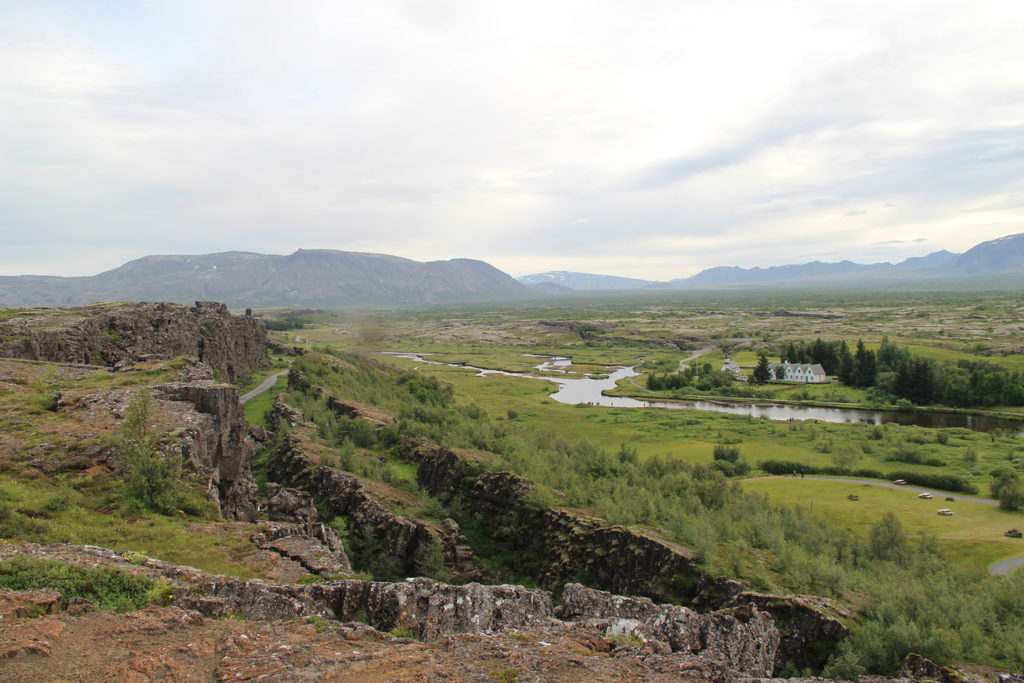
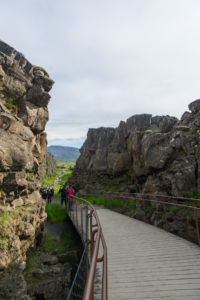
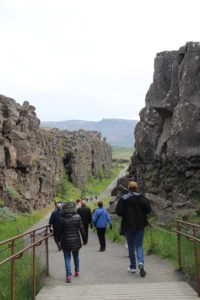

Pingvellir National Park is also important because it was the site of the Alpingi, the world’s first democratic parliament. It served as Iceland’s legislative and judicial authority from 930 to 1799. The rock marked with the Icelandic flag in the picture below is believed to be the Law Rock or Logberg. The Alpingi met annually and it was from this rock that speeches were probably made. People observing the Alpingi assembled in the valley. This area is pictured below where other travelers are looking out over the valley. The cliffs served as a natural amplifier. After 45 years of not meeting, the Alpingi was restored in 1844 and now meets in Reykjavik. The last picture is of the “Drowning Pool.” Eighteen women were executed here via drowning between 1618 and 1749, most likely for adultery.
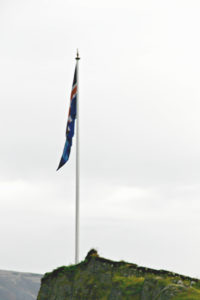

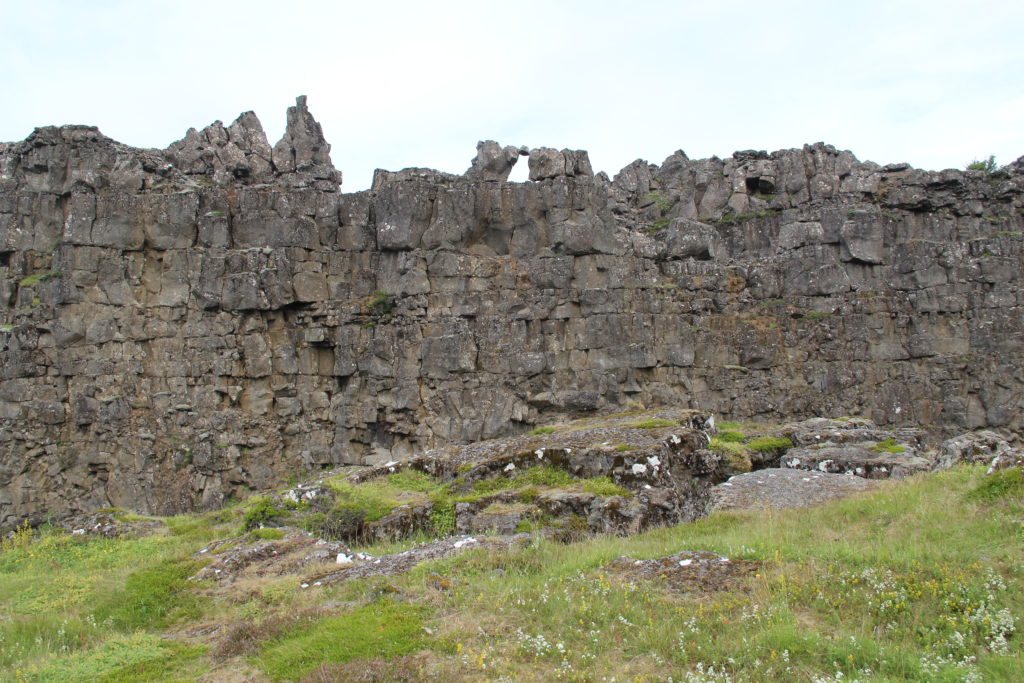
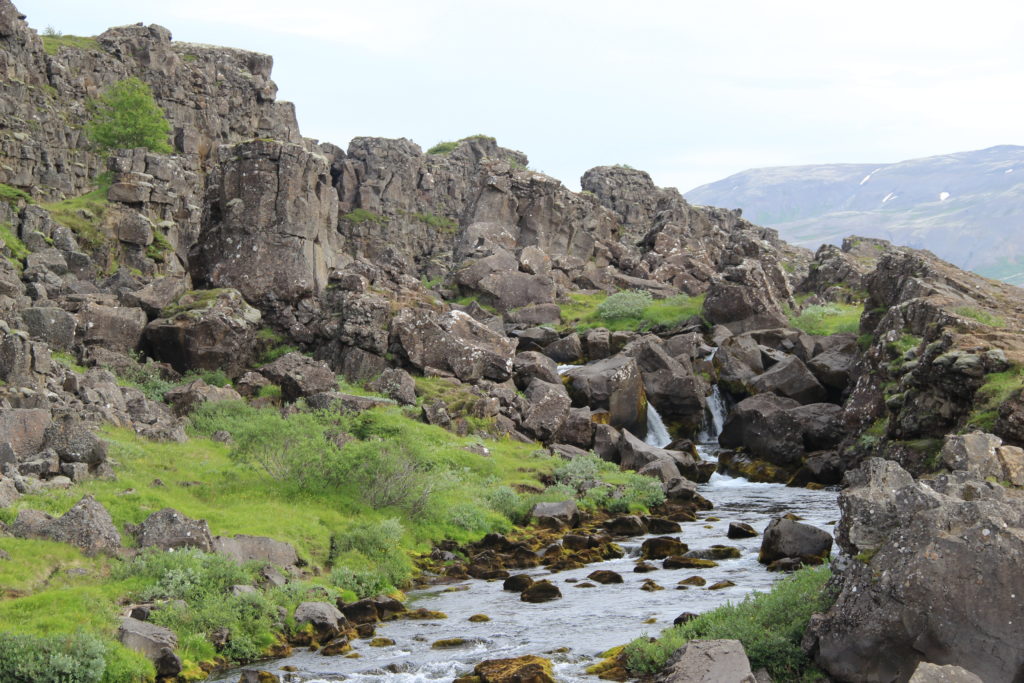
The second stop on the Golden Circle route was to see Geysir (Icelandic spelling) and Stokkur. Geysir, which means hot-water spout, was the geyser for which all other geysers are named. Geysir is now mostly dormant. There is a a small geyser named Little Geysir which spouts constantly. There is also a much larger geyser, Skokkur, which erupts every five to ten minutes. It can reach a height of 100 feet. The eruption begins when steam rises and pushes the water of the pool upward. This forms a large bubble of water through which the steam bursts and water erupts resulting in the geyser.
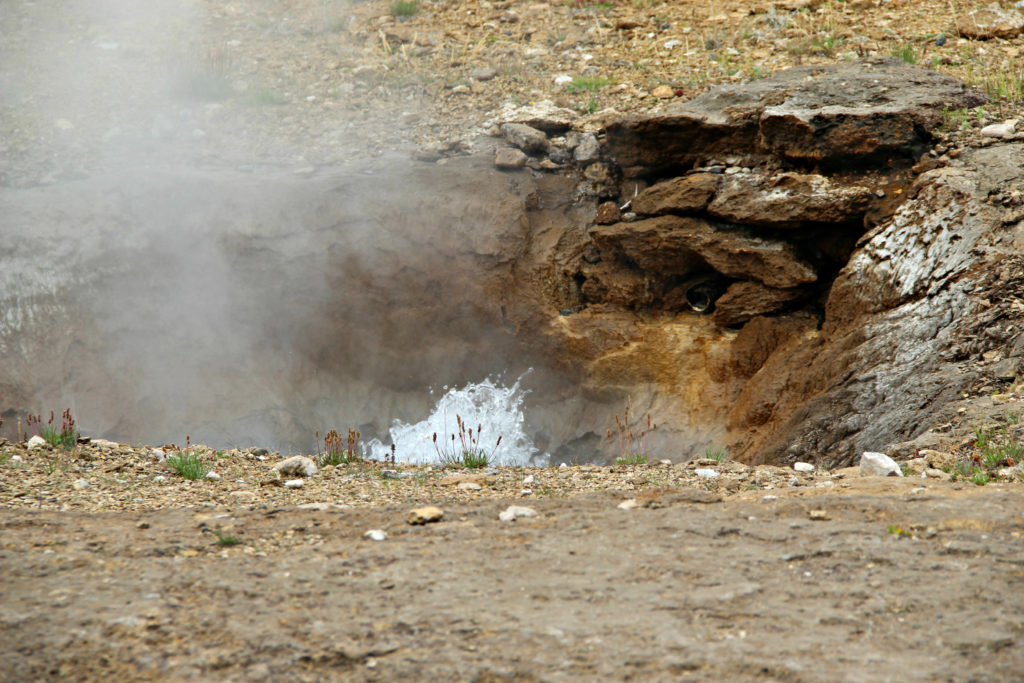
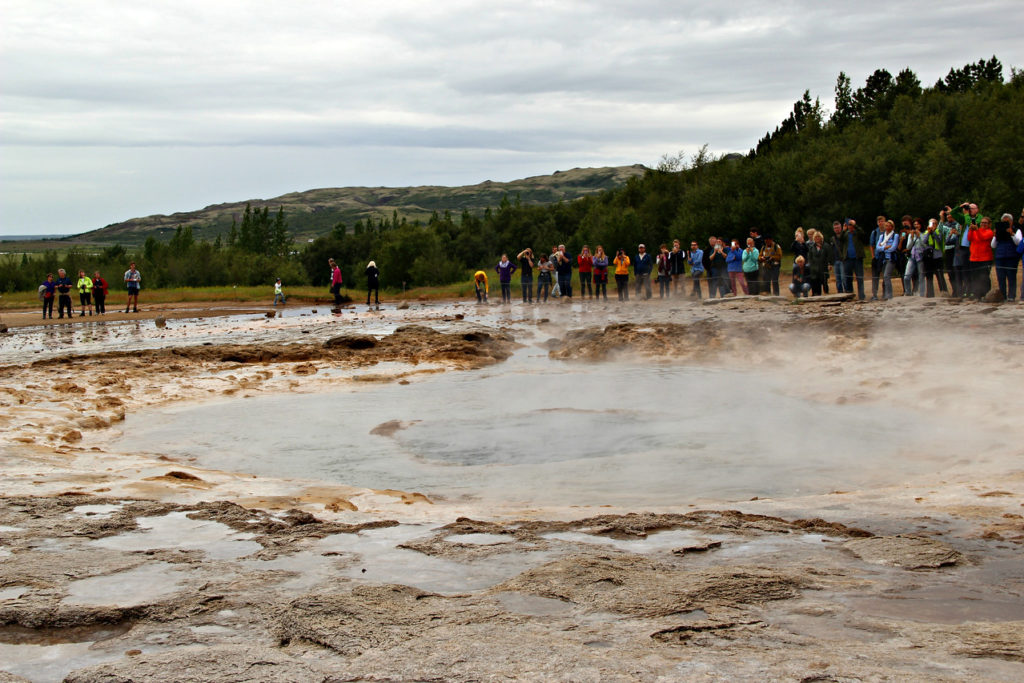


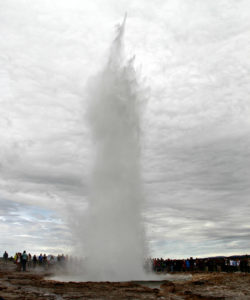
Our final stop on the Golden Circle route was the Gullfoss Waterfall. It is on the Hvita River and falls 100 feet into a rugged canyon. It was once privately owned by a farmer who leased it to an investor. The investor defaulted on his contract and eventually, the farmer’s grandson sold the waterfall to the government. Gullfoss was designated as a natural reserve in 1979.
